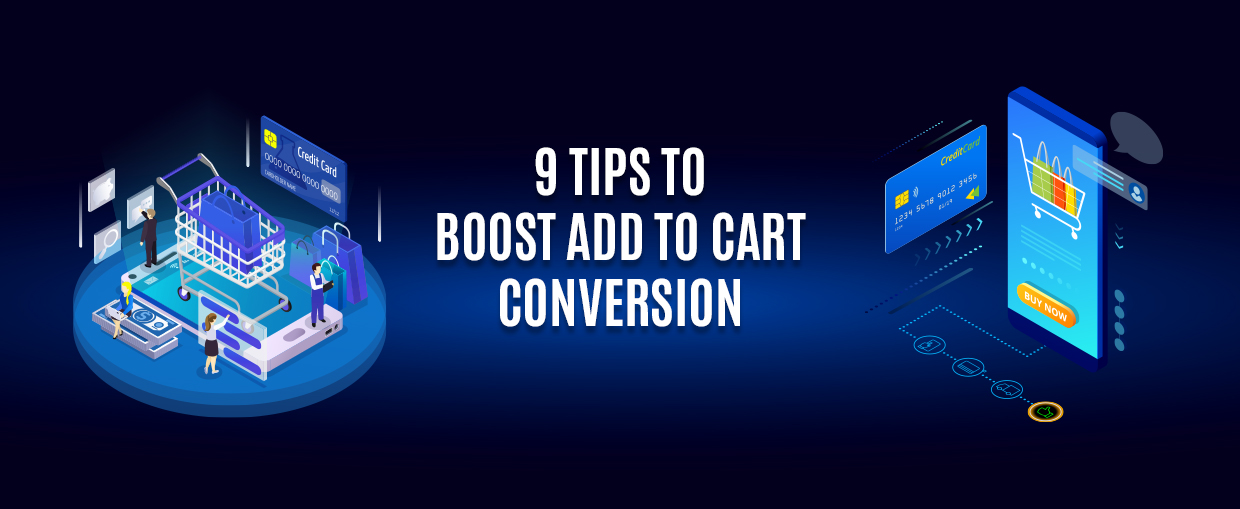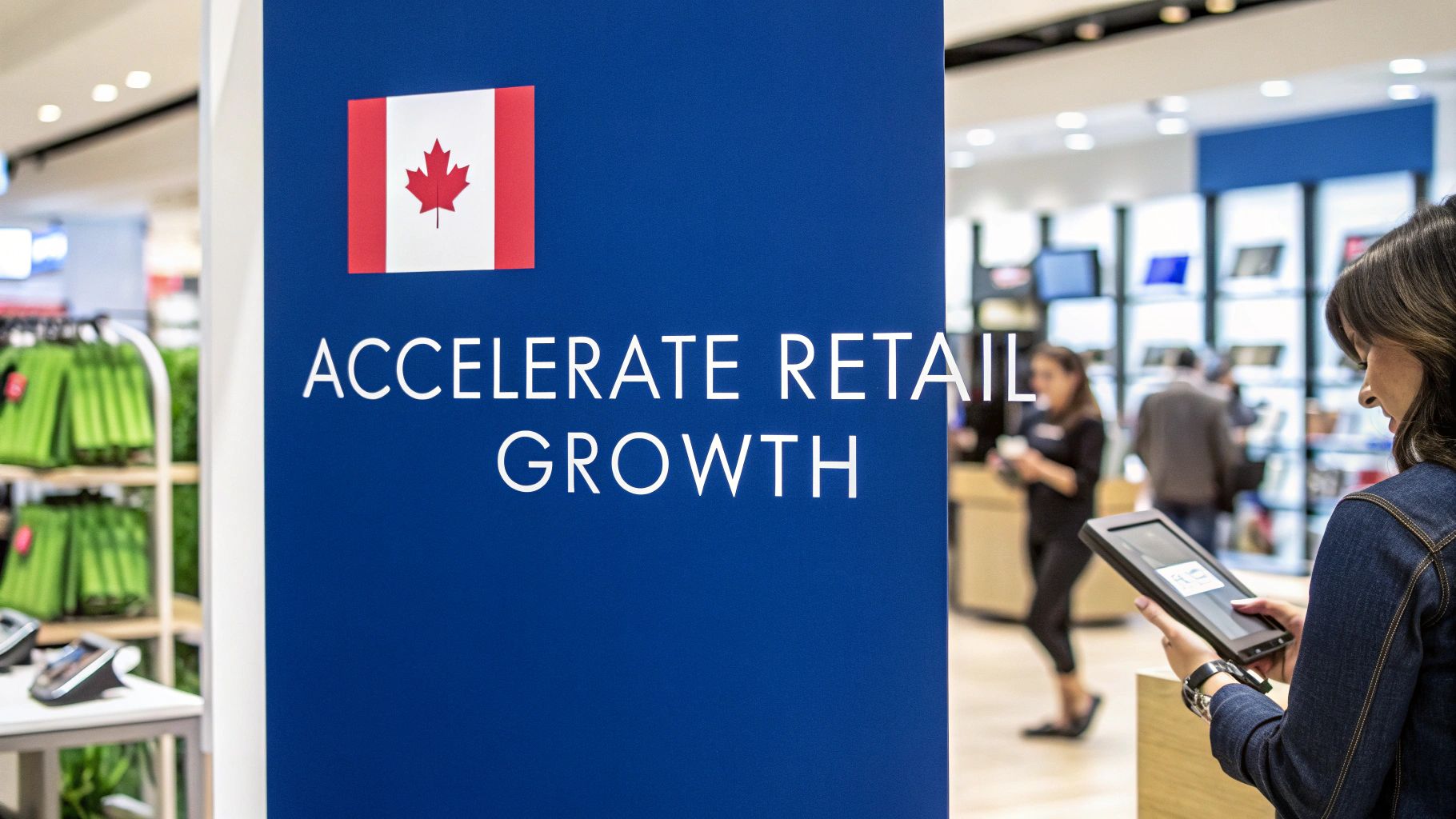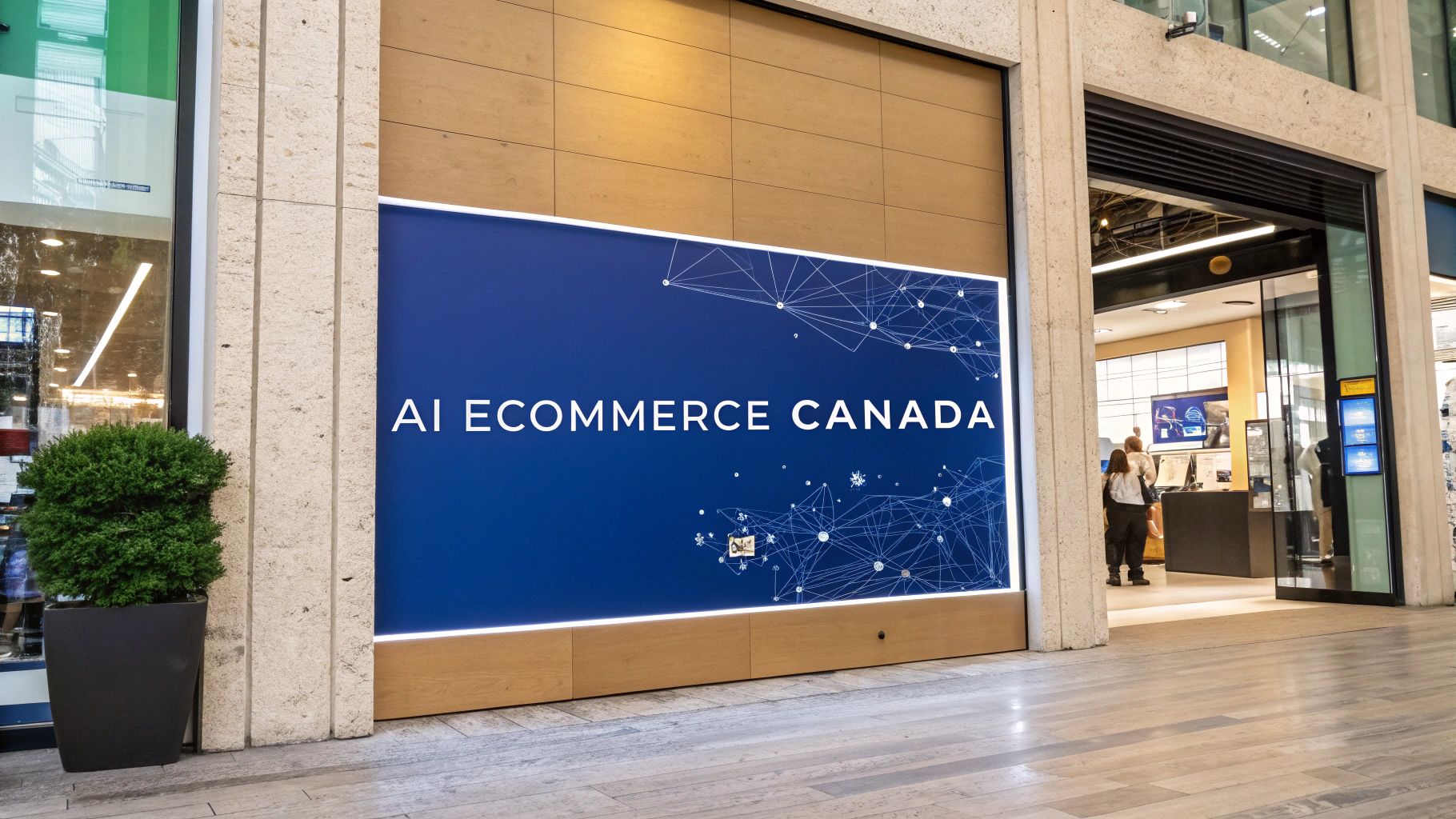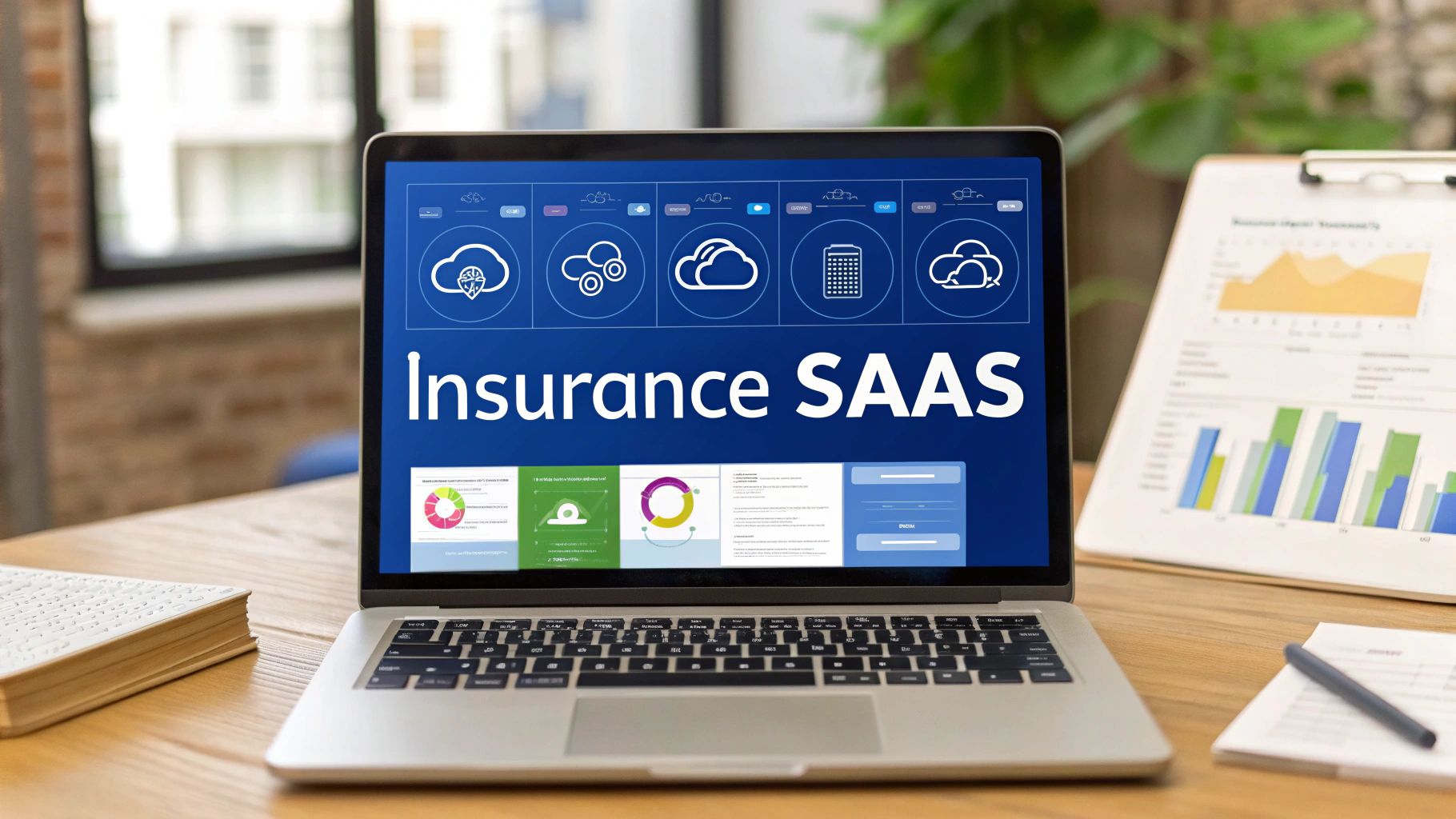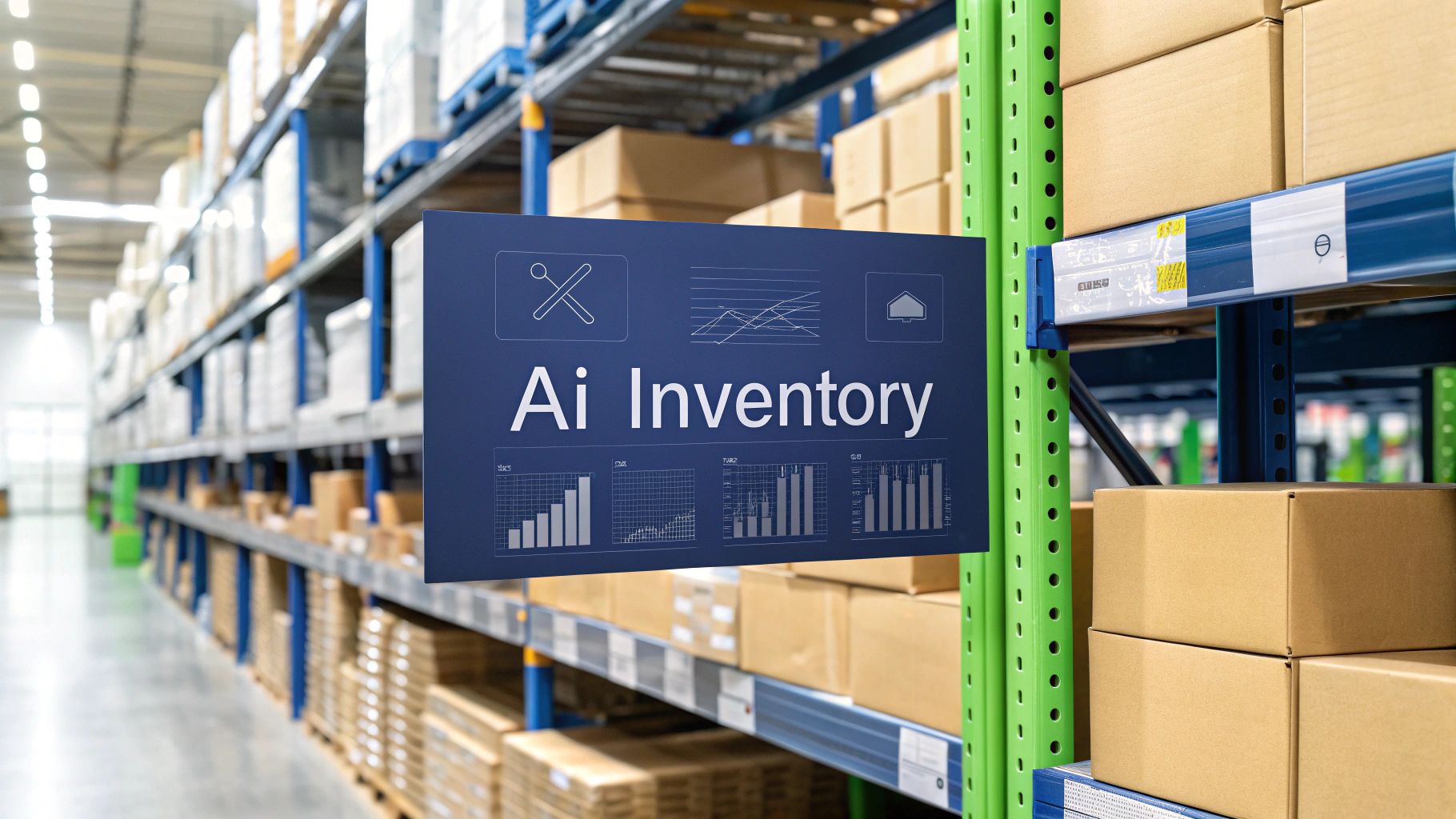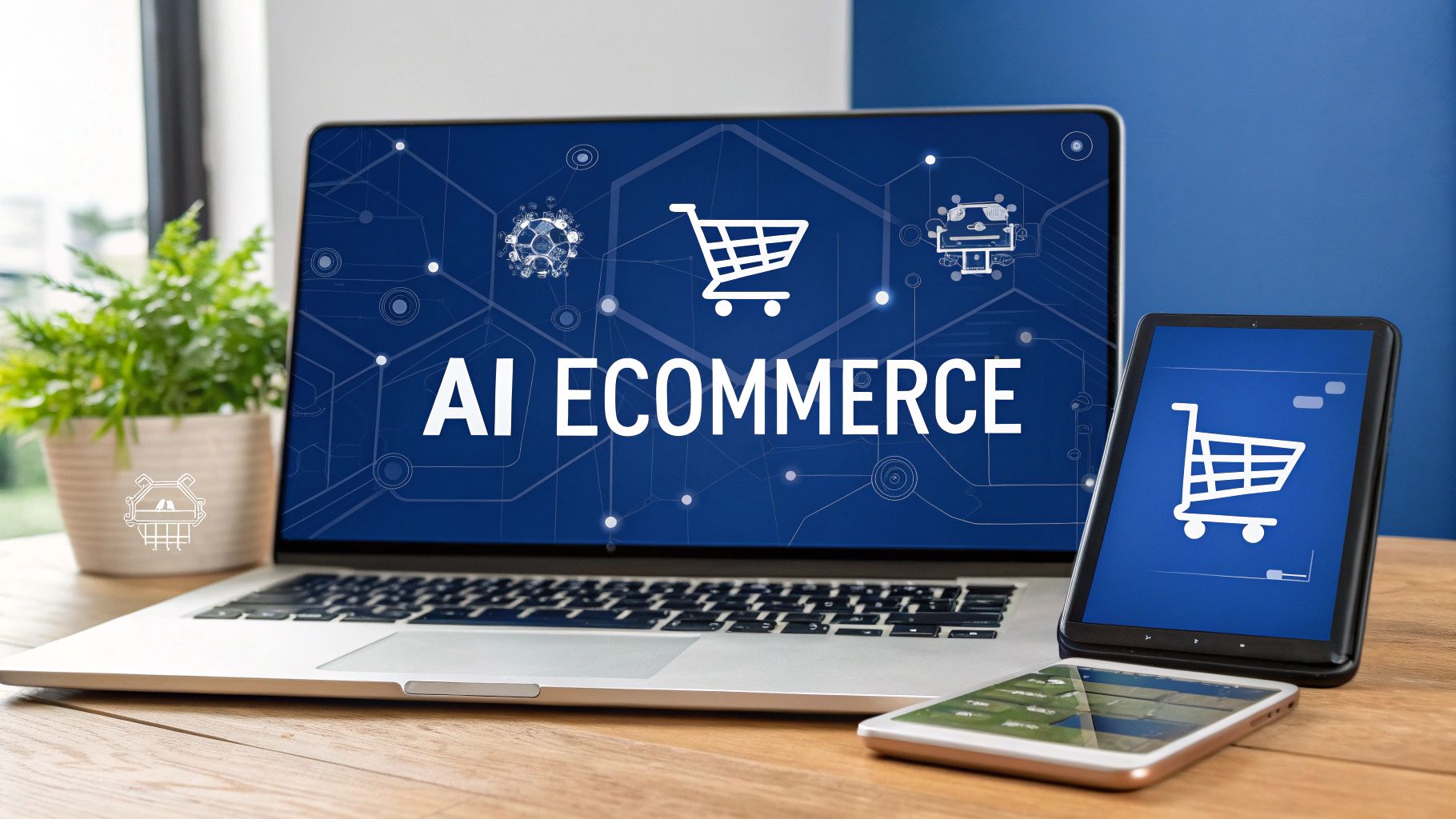As an ecommerce business owner, one of your primary business goals is likely to increase your sales and revenue. One way to do that is to increase your add to cart conversion. However, the truth is that not every person who visits your website or adds an item to their cart is there to complete a purchase. It’s possible that they came across your page by chance, through social media advertisements, or via word-of-mouth.
It can be challenging to stay on top of all the metrics when you first start in ecommerce and want to increase sales and customer retention. But you can use a few key benchmarks as guides to make sure your company is taking advantage of every possible opportunity. Among your toolkit’s most valuable metrics is your add-to-cart rate.
This blog will walk you through some of the best tips to increase your add-to-cart conversion rate.
What is the Add to Cart Conversion Rate?
The proportion of users who add a minimum of one product to their shopping cart while on your e-commerce website is known as the add-to-cart rate. Since this metric is a great indicator of many different things, it is vital to monitor and keep track of it. It can demonstrate the effectiveness of your marketing campaigns, your site’s usability, and your product selection.
You can calculate the rate by dividing the total number of sessions in which customers add items to their cart by the total number of sessions, then multiplying the result by 100. Globally, the average add-to-cart rate is 7.23%.
Monitoring the add-to-cart rate comes in handy when you want to compare data. For instance, if you run a product promotion campaign and notice no increase in the add-to-cart rate, that may be a sign that the campaign was unsuccessful.
Tips to Increase Your Add-to-Cart Conversion
- Introduce A Wishlist
It’s common for shoppers to look through items without intending to buy right away. With the help of a wishlist, they can easily save the products that they find appealing and come back for them later. Wishlist insights can be utilized to customize marketing emails and recommendations, increasing user engagement by sending out personalized content. - Hold Limited-Time Sales
Offers and sales with a time limit create a sense of urgency and scarcity.
This is so because value-conscious consumers are drawn to time-boxed events for discounts, package deals, flash sales, and other promotions. It draws in new consumers and discount-only buyers who want to try new items and add them to their carts sooner. - Offer A Seamless Customer Experience
People often use multiple devices to perform a single action. Ensure that you can respond to these actions. For example, a customer may add one of your products to their cart from their mobile device. They expect the item to be there when they visit your store on a desktop a little while later. Catering to these seamless interactions can boost your conversion rates. - Leverage Social Proof
One of the most important things that influences a customer’s decision on whether to purchase your product is its ratings and reviews. You can assure them of the quality of your offerings by displaying product ratings and reviews in visible locations, like beneath the product listing. The high ratings on a product can be the nudge they need to make a purchase. - Use A White Backdrop
75% of buyers base their decision to buy on product photos. Displaying your product photos against a white backdrop draws all attention to the product and eliminates distractions. Any website would look good with a white background, which also makes your product catalogue more consistent. A significant percentage of e-commerce returns happen when products arrive looking different from what was advertised. - Upgrade Your Product Photos
While we’re on the topic of product photos, make sure that you are using high-quality product images on your site. Although Shutterstock and Unsplash are excellent resources for images, having professionally shot images of your product is very important. You can also use a sequence of pictures or even a video to demonstrate how the product is used. - Stop Redirecting to Cart
Instead of sending customers to the cart page after they add an item to their cart, keep them on the product page. Every time an item is added, users are redirected to the cart, interrupting their browsing flow and forcing them to navigate back to resume. For customers who shop on mobile devices in particular, this can result in a frustrating user experience. - A/B Testing
A/B testing is the most basic approach for testing your product pages. Create two different product pages, each with a single variable feature (body copy, ATC button colour, etc.), in order to run an A/B test. Use Google Analytics to determine which variation is more successful by allocating 50% of your visitor traffic to variation A and 50% to variation B. However, keep in mind that A/B testing is quite time-consuming and is only effective if you have at least a minimum of 1000 website visitors. - Utilize Exit-Intent Pop-Ups
Exit-intent pop-ups show up when users close their browsers without adding anything to their cart. Discounts are a good way of encouraging a purchase, but you can also offer freebies or samples with a purchase as well. Make sure that you recognize and reward new clients with discounts on their first purchase. These tactics can go a long way in making sure that your visitors don’t leave without making a purchase.
The Wrap
To sum up, tracking your add-to-cart rate can help you determine which of your products are performing well, how many prospective consumers are on your site, and where they may be encountering friction in the purchasing process. You can avail of top-notch ecommerce development services, digital marketing services, and ecommerce marketing services by partnering with an experienced and reliable custom software development company.
